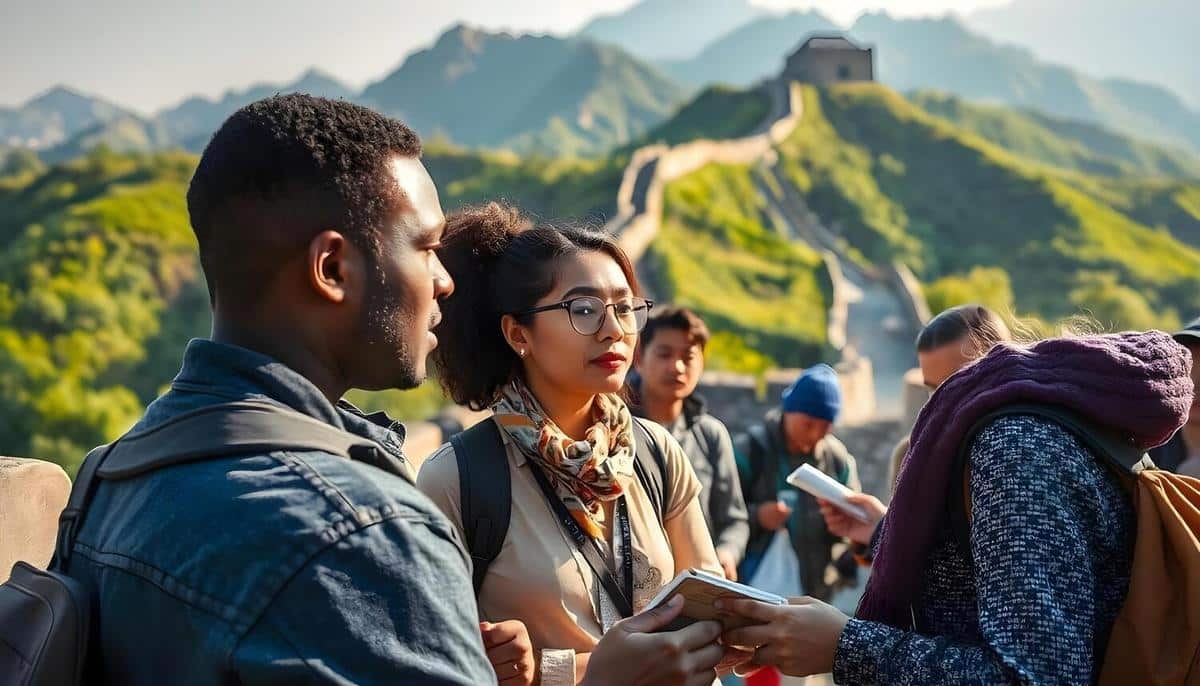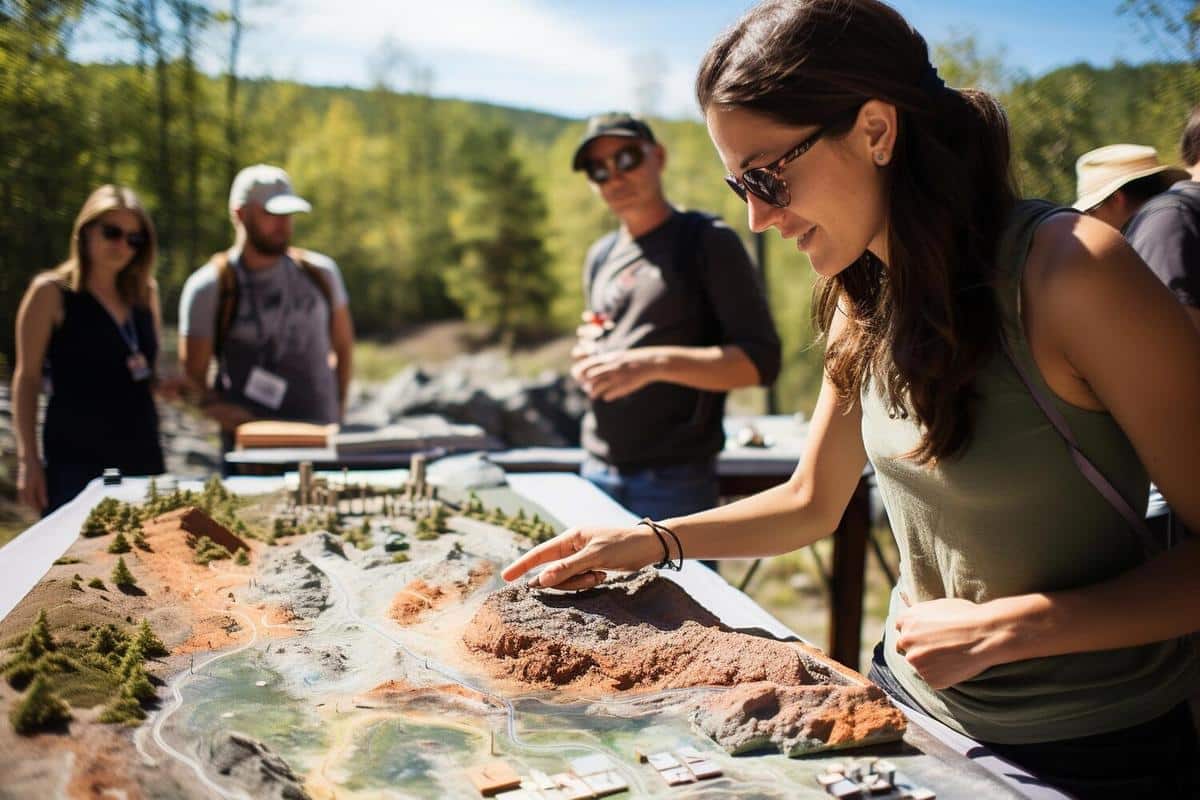
The Art of Slow Travel: Immersing in Local Cultures
Imagine savoring every moment of your travels, immersing in the rhythm of local life, and truly connecting with the cultures you encounter. This is the essence of slow travel, a philosophy that encourages travelers to engage deeply with their destinations rather than rushing through them.
Slow travel is not just about taking your time; it’s about enriching your experiences and fostering meaningful connections. According to travel expert Rick Steves, ‘Travel is intensified living… and the best souvenir is a broader perspective.’ This approach allows travelers to gain insights into local customs, traditions, and lifestyles in a way that typical tourist itineraries often miss.
Understanding Slow Travel
Slow travel emphasizes quality over quantity. Instead of a whirlwind tour of several countries, you might choose to spend a week or more in one location. A study by the World Tourism Organization highlights that travelers who engage in slow travel often report greater satisfaction due to deeper cultural engagement.
The Benefits of Slow Travel
- Enhanced Cultural Understanding: By spending more time in a place, you can learn about local traditions and participate in community events.
- Reduced Environmental Impact: Longer stays can mean fewer flights and lower carbon footprints.
- Increased Personal Fulfillment: Engaging closely with locals can lead to lasting friendships and personal growth.
Pro Tip:
Consider staying in locally-owned accommodations to support the community and gain authentic experiences.
Personal Anecdotes
Take, for example, Alex, a traveler who decided to spend a month in a small Italian village. By the end of his stay, he had learned to cook traditional dishes, participate in local festivals, and even pick up conversational Italian. The experience left him with not just memories but skills and friendships that lasted long after his return home.
Actionable Tips for Embracing Slow Travel
- Plan Your Stay: Choose destinations that genuinely interest you and stay for at least a week.
- Engage with Locals: Attend local markets, try regional cuisine, and learn a few phrases in the local language.
- Focus on Experiences: Instead of ticking off a checklist of sights, prioritize activities that allow for cultural exchange.
- Use Sustainable Transport: Opt for trains or buses over flights to reduce your carbon footprint.
Slow Travel vs. Traditional Tourism
| Aspect | Slow Travel | Traditional Tourism |
|---|---|---|
| Duration | Extended stays | Short visits |
| Focus | Quality experiences | Quantity of sights |
| Impact | Environmentally conscious | Higher carbon footprint |
| Interaction | Deep local engagement | Surface-level interaction |
| Accommodation | Local homes and guesthouses | Hotels and resorts |
| Activities | Community involvement | Commercial tours |
| Outcome | Personal growth | Photographs and souvenirs |
| Learning | Cultural immersion | Basic exposure |
FAQs about Slow Travel
What is slow travel?
Slow travel is a mindset that emphasizes taking the time to experience a destination deeply, focusing on cultural immersion and sustainable practices.
How can I practice slow travel?
Stay longer in fewer destinations, engage with local communities, and prioritize authentic experiences over tourist hotspots.
Is slow travel more expensive?
Not necessarily. While you might spend more time in one place, you can save on transport costs and enjoy simple local living.
Conclusion
Embracing slow travel means opening yourself up to richer, more meaningful experiences. By slowing down, you allow yourself the chance to absorb the nuances of a place and its people, creating memories that last a lifetime. So next time you plan a trip, consider leaving the fast lane and stepping into the slower, more rewarding journey of cultural exploration.


